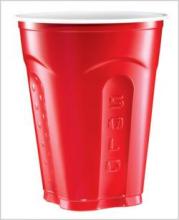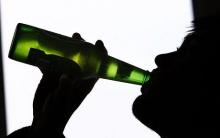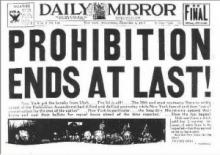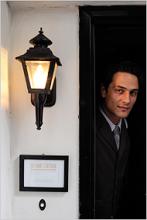Solo Cups: The Beauty of Square Keg Cups
Keg cups were sold in bulk in the town where I attended college. Industrious fraternity brothers, house dwellers, and those in the industrial style campus apartments earned hundreds of dollars by selling cups and buying kegs of the cheapest, frothiest beer imaginable. As this SLATE article points out, keg cups have looked the same for so long that it’s hard to fathom any change in the form of the actual keg cup.
But seeing is believing and there are now keg cups with square bottoms. The official name of the square-bottomed keg cup is the modern Solo cup. The official original Red Solo Cup--or what I like to call the keg cup--even has a song written about it. I won’t give you all the lyrics, but I will give you the LINK to the Youtube video and tell you that the song does in fact include the word “testicle”--always a plus.
You may ask how exactly the Solo Red Cup became synonymous in so many minds as the ultimate party cup. According to the Solo Cup spokesmen, the Solo Red Cup was “first party cup.” (I could not find outside verification for this particular claim.)
That said, if, in fact, the Solo Red Cups are really the most popular keg cups, it might be because the Solo Red Cups hold more alcohol. Given the amount of extra froth and foam at the top of a typical beer pour from a party keg, more room for beer and/or screwdrivers made from cheap vodka is a definite advantage. The Solo cups hold 18 ounces instead of the usual 16 ounces. More beer in a cup is definitely a good value.
Again, according to the spokesmen for the company, the cups are the most popular on the market. That is, of course, in good economic times. In bad economic times, people apparently turn to the poor imitations--maybe because they don’t know the inherent value of an extra two ounces within a cup.
I haven’t tried the square cups yet and am not sure how exactly whether or not I’ll be a fan of the square keg cups. Of course, I haven’t tried out square watermelons, either, so maybe I’m a little late to the game of changing typically-round things to square things.
What do you think about the square cups?






